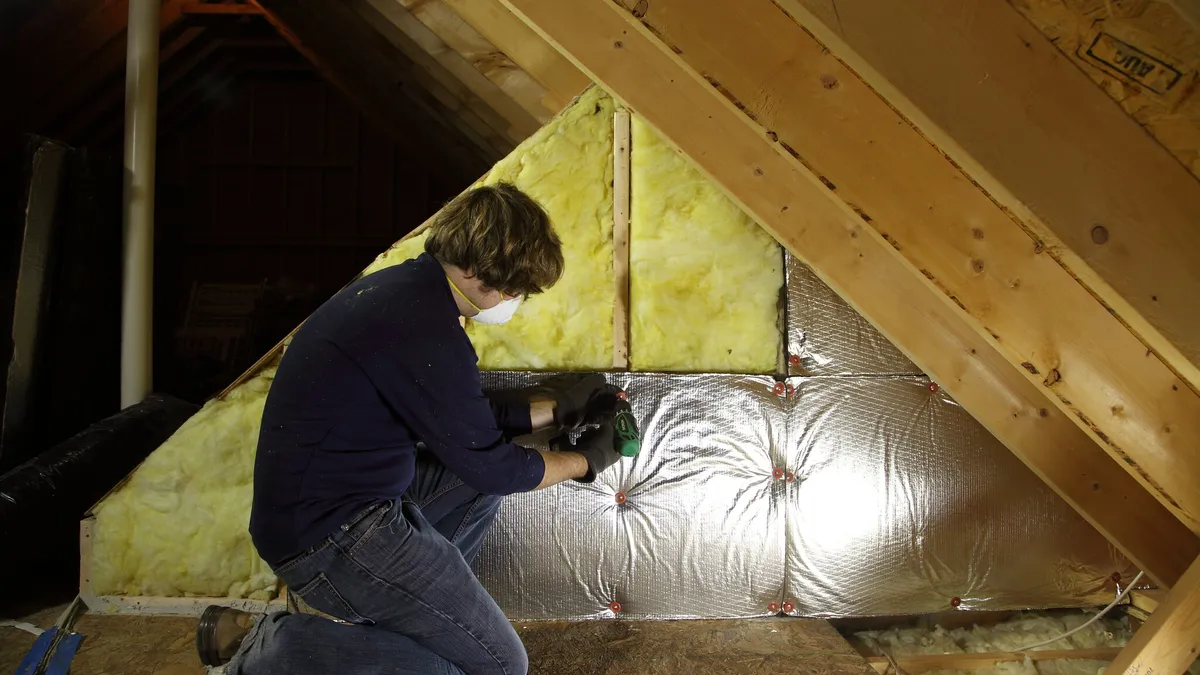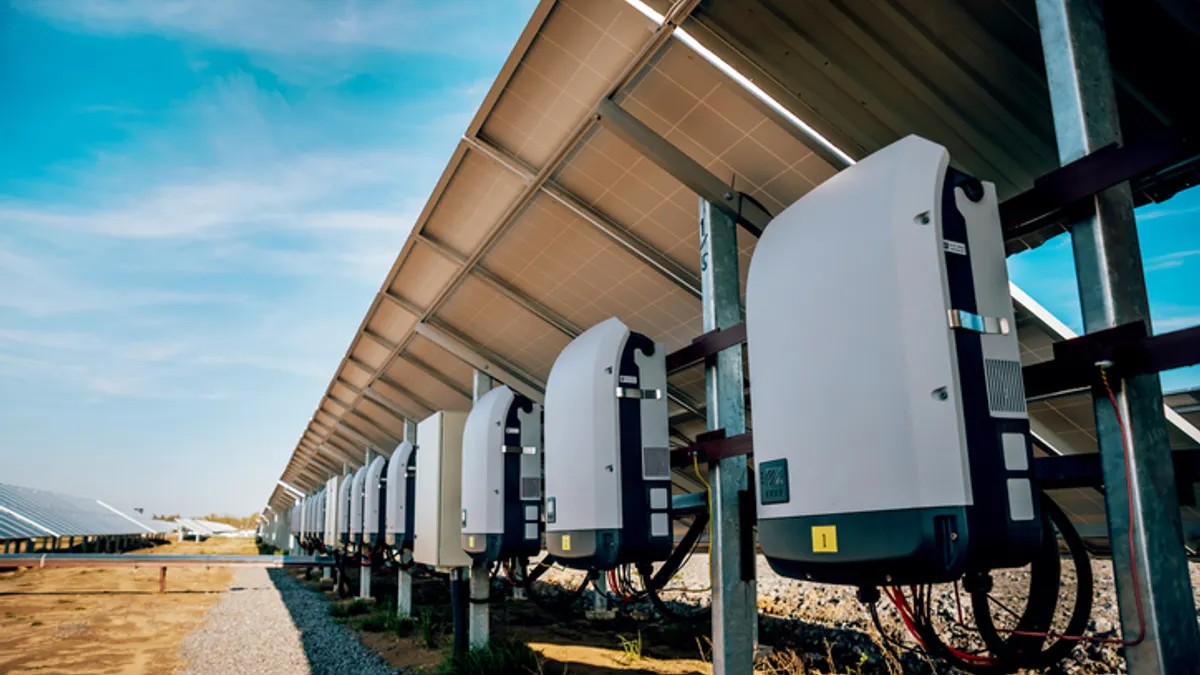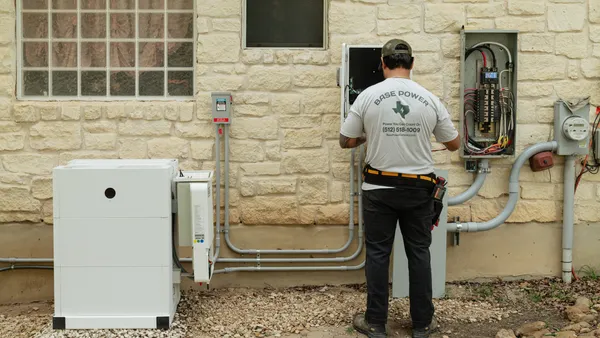A new study on the impact of appliance efficiency standards concludes the rules can save thousands of lives every year — along with billions on consumer energy bills, and other benefits — making the U.S. Department of Energy’s upcoming reviews all the more urgent.
Appliance standards prevented between 1,900 and 4,400 pollution-related deaths in 2017, according to the research from CLASP, a non-profit focused on how energy efficiency can address climate change. And the health benefits from national appliance standards “have been distributed relatively equitably,” the group found.
“By updating standards this year, the Biden Administration and DOE can help to ensure that standards continue to save energy, lower utility bills, and save lives,” the report concluded.
CLASP reached its conclusions by modeling how national appliance standards reduced energy demand and the resulting fine particulate matter associated with burning fossil fuels. “National appliance and equipment standards have had a positive impact on public health in the United States,” the report said. “Standards can reduce the health risks associated with exposure to fine particulate matter and lower PM2.5-related mortality over time.”
The U.S. Environmental Protection Agency says long- and short-term exposures to fine particulate matter known as PM2.5 can be harmful, leading to heart attacks, asthma attacks and premature death.
The federal government's Appliance and Equipment Standards Program reviews efficiency requirements every six years, and experts say there were more than two dozen overdue rules at the time Biden took office. In total there were about 50 appliance standards requiring updates by January 2025, when the next president will be inaugurated, according to CLASP.
“Getting all the new standards completed this presidential term will be challenging but it's definitely doable,” report author Lauren Boucher, a manager at CLASP, said in an email.
Many rules have already been finalized, including new standards for gas furnaces, clothes dryers, refrigerators and other products, Boucher said. DOE has scheduled 15 more for completion by the end of this year. The agency “can and should get these many important new standards done,” she said. “One key pending standard applies to residential water heaters,” which could save households $200 annually if finalized, she added.
DOE has made “good progress on catching up on legal deadlines,” said Andrew deLaski, executive director of the Appliance Standards Awareness Project. “Now they need to finish the job.
The agency projects the energy efficiency standards advanced by the Biden administration this term will provide nearly $1 trillion in consumer savings and avoid 2.5 billion metric tons of greenhouse gas emissions over 30 years, DOE said in December.
In January, Secretary of Energy Jennifer Granholm said the agency is “dedicated to working together with our industry partners and stakeholders throughout 2024 to continue strengthening appliance standards [and] addressing a backlog of Congressionally-mandated energy efficiency actions.”
New energy efficiency requirements for distribution transformers could be up next. DOE proposed stricter efficiency standards for transformers in 2022, but utilities and other stakeholders said the proposal would worsen an existing shortage of the devices. Granholm told a Congressional subcommittee in March that the agency has been listening to stakeholders and “adjustments have been made.”















